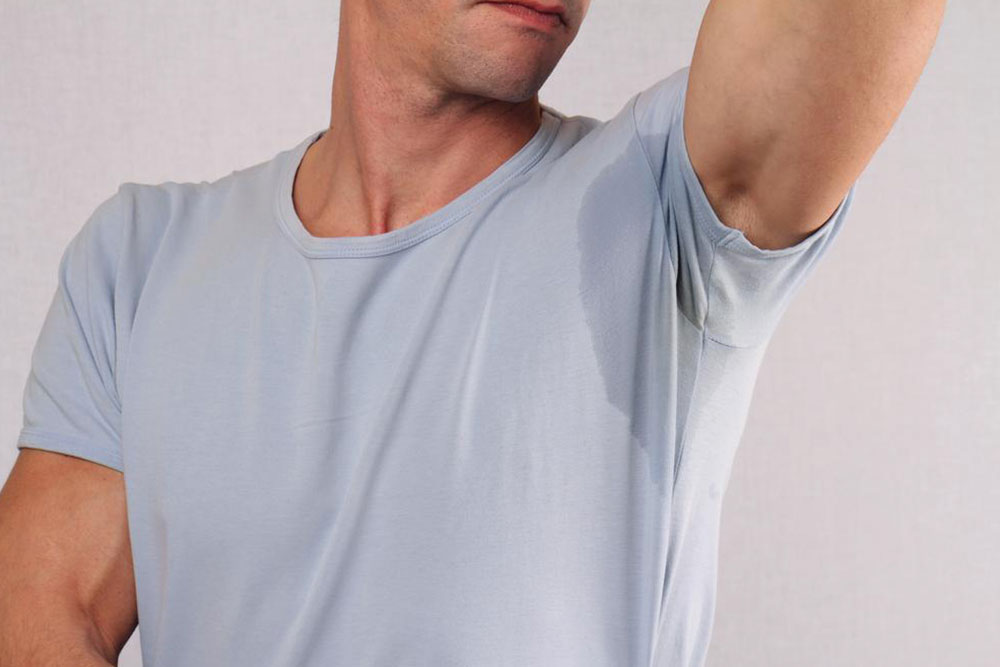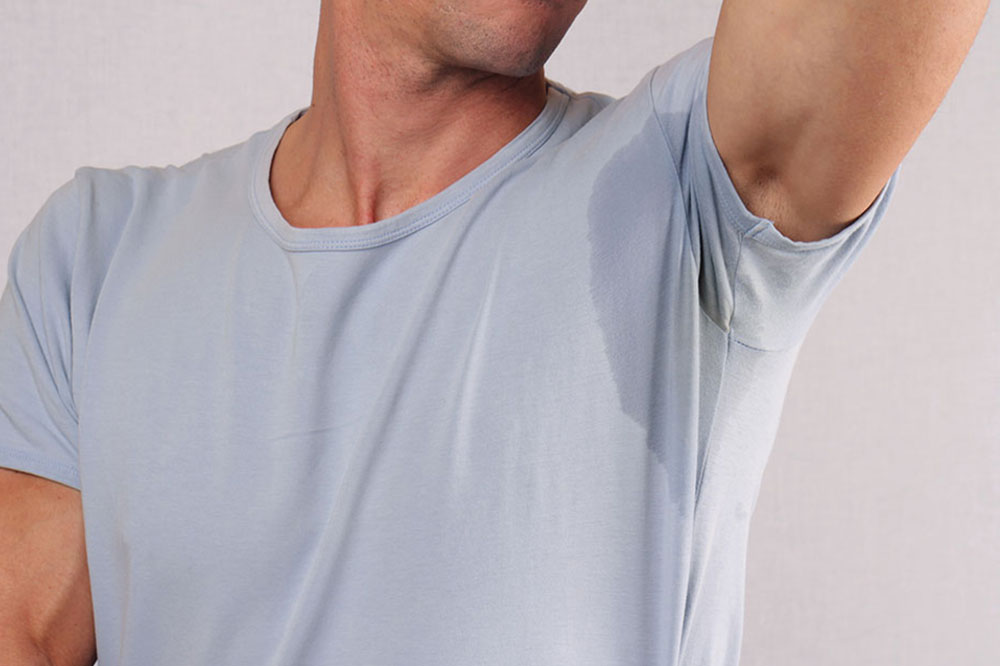Cutting-Edge Solutions for Managing Excessive Sweating: A Comprehensive Guide
This comprehensive article explores the latest innovative treatments for excessive sweating, including iontophoresis, Botox injections, laser therapy, microwave procedures, and thoracic sympathectomy. It highlights how these advanced options provide relief for patients suffering from hyperhidrosis, offering effective solutions beyond traditional methods. The article also discusses the benefits, risks, and suitability of each treatment, emphasizing the importance of consulting healthcare professionals for personalized care. Perfect for those seeking relief from persistent sweating issues, this guide details modern approaches to effectively control hyperhidrosis.

Innovative Strategies to Effectively Control Excessive Sweat
Excessive sweating, medically known as hyperhidrosis, is a condition that affects millions worldwide. It manifests as uncontrollable sweating in specific areas such as the underarms, palms, and soles of the feet. Known respectively as axillary and palmoplantar hyperhidrosis, this condition often occurs without an apparent medical cause, making it a primary, or focal, hyperhidrosis. Despite its common occurrence, many sufferers find traditional treatments inadequate, prompting the development of advanced and innovative solutions to manage this condition more effectively.
Understanding hyperhidrosis is crucial. This condition results from overactive sweat glands that are triggered by faulty nerve signals, rather than by external factors like heat or exercise. The emotional and social impact can be significant, leading to embarrassment, reduced confidence, and limitations in daily activities. Fortunately, medical science has advanced considerably in providing treatment options tailored to each patient’s needs, ranging from over-the-counter remedies to highly specialized surgical interventions.
Traditional treatments often start with topical antiperspirants containing aluminum chloride, which work by blocking sweat pores temporarily. However, for many individuals, these solutions provide only partial relief or cause irritation. When conservative therapies fail, more advanced options come into play. These include non-invasive procedures like iontophoresis and botulinum toxin injections, as well as minimally invasive surgeries targeting the nerve pathways responsible for sweating.
- **Iontophoresis**: This technique employs a gentle electrical current passed through water to decrease sweat production. It’s a painless procedure usually performed two to three times weekly, and while it requires multiple sessions, it offers a drug-free alternative suitable for many patients. The treatment is especially popular for those with palm and sole hyperhidrosis.
- **Botox Injections**: Widely recognized for cosmetic uses, Botox (botulinum toxin) has also proven effective in controlling hyperhidrosis. The injections temporarily block the nerves that stimulate sweat glands, providing relief that can last up to 14 months. While it’s FDA-approved for underarm sweating, its use in palms and feet requires careful consideration due to potential discomfort and diffusion limits.
- **Laser and Microwave Therapies**: These cutting-edge treatments target and destroy excess sweat glands directly. Laser therapy, which uses focused light energy, offers quicker procedures with minimal discomfort, making it a preferred choice for localized hyperhidrosis. Microwave therapy, on the other hand, employs focused microwave energy to heat and eliminate sweat glands, often necessitating multiple sessions and local anesthesia. Both methods aim to reduce sweat production by destroying the glandular tissue responsible.
- **Thoracic Sympathectomy**: For severe cases unresponsive to other interventions, this surgical procedure involves cutting or clamping specific nerves in the thoracic region of the spinal cord. By interrupting nerve signals that stimulate sweat glands, this surgery offers a permanent solution. However, it carries risks such as compensatory sweating—excessive sweating elsewhere on the body—which can sometimes outweigh the benefits for certain patients.
As science progresses, researchers continue to explore novel therapies and improvements to existing treatments to make management easier, safer, and more effective. For those suffering from hyperhidrosis, consulting a medical professional specializing in dermatology or neurology can help customize the best treatment plan tailored to their specific needs. With ongoing innovations, managing and even curing excessive sweating is becoming an achievable goal for many.





